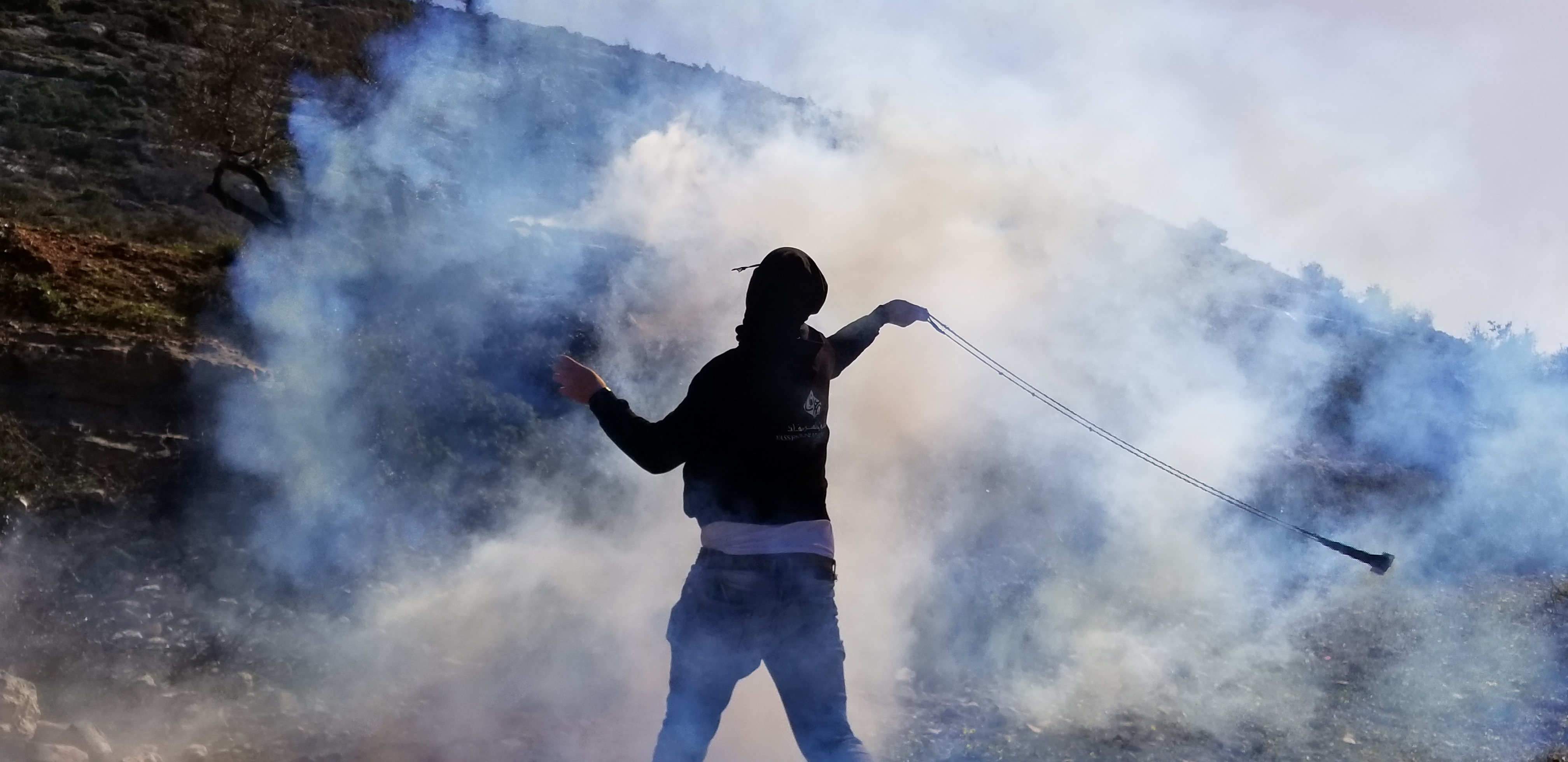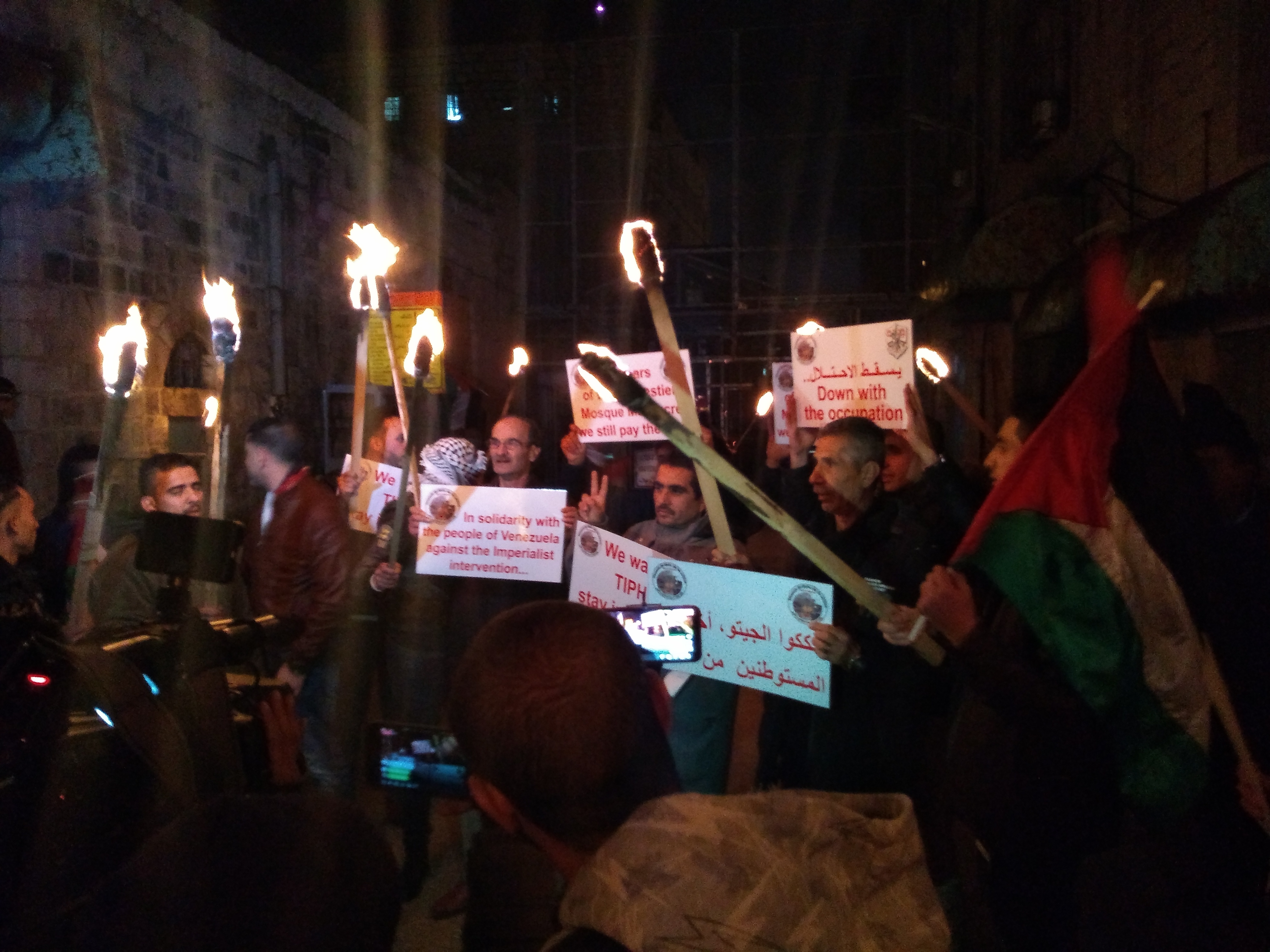Tag: Hebron
-
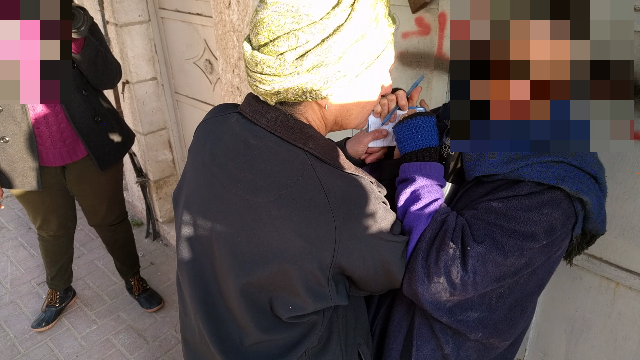
Anat Cohen steals international observer’s notebook
February 17, 2019 | International Solidarity Movement, Al-Khalil team | Al-Khalil, occupied Palestine Anat Cohen (ענת כהן), daughter of the convicted Israeli terrorist Moshe Zar, attacked another international who was observing schoolchildren on their commute to the Qurtuba school this morning. The International was an elderly woman who was keeping tally in a notebook of…
-
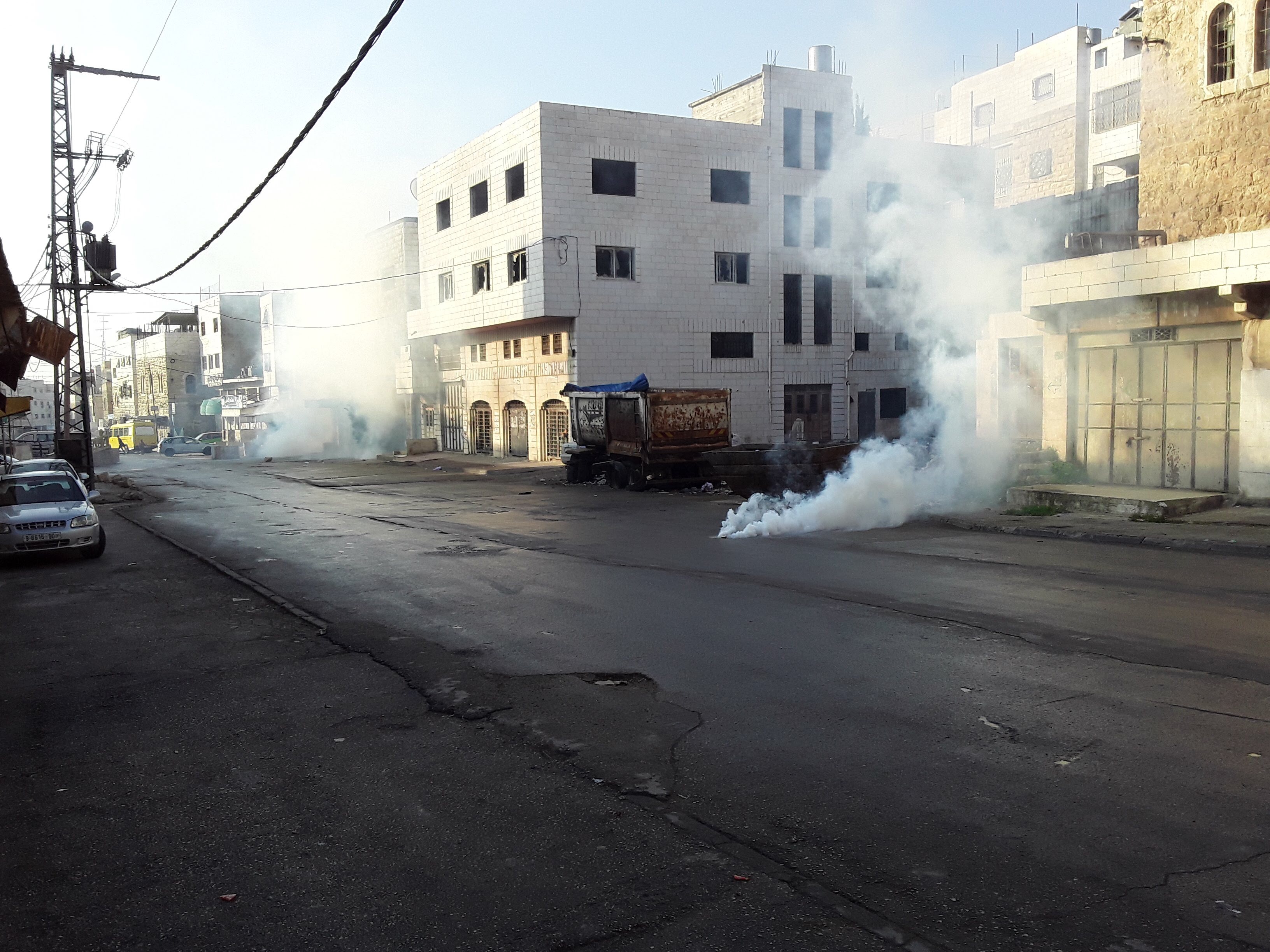
Hebron Report 15.02.2019
On the morning of February 14, 2019, ISM activists were forced to leave the Shuhada Street area as it was declared a closed military zone. The activists were monitoring the Qurtuba checkpoint, which is passed every morning by teachers and children going to school. Palestinians are regularly targeted and harassed by settlers and the military…
-
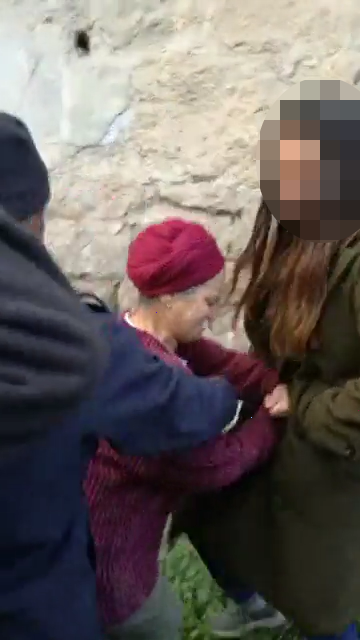
Another ISM member attacked by violent Settler, Anat Cohen
February 10, 2019 | International Solidarity Movement, Al-Khalil team | Al-Khalil, occupied Palestine Every day, ISM volunteers monitor the Qurtuba checkpoint in Al-Khalil during mornings and afternoons to ensure the safety of Palestinian schoolchildren. Attacks and harassment by Israeli Defense Forces, police and settlers seem to be increasing. This is the fourth ISM volunteer attacked…
-
Another interesting week in sunny Palestine
January 2019 | International Solidarity Movement, Al-Khalil team | Hebron, occupied Palestine Al Khalil (Hebron), occupied West Bank, Palestine, late January 2019 It’s the first day of winter term for Palestinian schoolkids. Israeli settlers from the colonies in and around Al Khalil, the Israeli Border Police, and the Israeli Defense Force, are all known for…
-
A Report-back from Dismantle the Ghetto’s Torch March
10th February 2019 | International Solidarity Movement, Al-Khalil team | Hebron, occupied Palestine Demonstrators marched through Al-Khalil today holding torches, flags and signs that called for the re-opening of the stolen Shuhada street, the return of TIPH and other international support, the end of the occupation, as well as a statements of anti-imperialism, anti-colonialism and solidarity…

